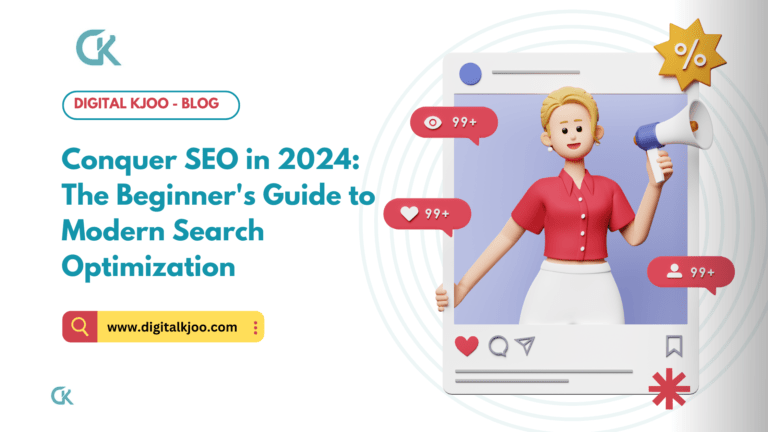Measuring the success of your content is more than just a one-size-fits-all task. It involves setting clear objectives, tracking various metrics, and focusing on what truly matters. In this blog, we’ll break down the essential steps to measure your content’s effectiveness and create measurable goals.
You can measure content success by:
- Defining Your Goals and Objectives
The first step to measuring content success is defining your goals and objectives. What do you aim to achieve with your content? Whether it’s increased brand awareness, lead generation, or something else, clear goals are essential.
- Tracking Your Traffic and Audience Engagement
Measuring content success involves keeping an eye on your traffic and audience engagement. Is your content drawing in visitors? Are they staying engaged with it? These metrics provide insights into your content’s impact.
- Monitoring Your Social Media Presence
Social media is a powerful platform for content distribution. Tracking your social media presence helps you gauge how well your content resonates with your audience and how effectively you’re leveraging these platforms.
- Analyzing Your Content Performance
Content performance analysis is crucial. Are your articles, videos, or infographics delivering the desired results? Analyze metrics like click-through rates and conversion rates to gauge performance.
- Measuring Your SEO
Search engine optimization (SEO) plays a pivotal role in content success. Keep an eye on your content’s ranking in search results, organic traffic, and keyword performance.
- Collecting Actionable Metrics
Stay aware of vanity metrics. Instead, focus on actionable data. Metrics like conversion rates, click-through rates, and bounce rates provide actionable insights to improve your content strategy.
Engagement is a key performance indicator for valuable content. It shows the effectiveness of your content in addressing issues and trends that your target audience is actually interested in.
You can also measure content success by:
- Measuring Site Traffic
Site traffic is a fundamental metric. It reflects the overall reach of your content and its ability to draw visitors to your website.
- Improving Customer Relationships, Brand Awareness, and Market Share
Content success isn’t just about numbers; it’s about the impact on your business. Effective content improves customer relationships, boosts brand awareness, and can even increase your market share.
You can create measurable content goals by:
1. Define Goals: Start by clearly articulating what you want to achieve with your content. Be specific about the desired outcomes.
2. Set KPIs for Those Goals: Key Performance Indicators (KPIs) are essential. They provide a concrete way to track progress. For instance, if your goal is to increase leads, your KPI might be the number of leads generated through content.
3. Measure and Track Your KPIs: Regularly monitor your KPIs to see how your content is performing. Adjust your strategy as needed to achieve your goals.
4. Establishing Your Objectives Upfront: Before creating content, it’s crucial to align your content objectives with your overall business objectives. Your content should serve a clear purpose, whether it’s to drive sales, increase brand awareness, improve customer loyalty, or achieve other business-related goals.
Example:
Business Objective: Increase online sales by 15% in the next quarter.
Content Goal: Generate more online sales by improving product descriptions and using content marketing.
KPIs:
– Monthly online sales revenue
– Conversion rate on product description pages
– Click-through rate (CTR) for content marketing campaigns
Measuring and Tracking:
– Use e-commerce analytics to track monthly sales revenue.
– Monitor website analytics to measure the conversion rate and CTR.
– Regularly review these KPIs to assess progress toward the 15% sales increase goal.
By following these steps, you ensure that your content goals are specific, measurable, and aligned with your overall business objectives. This approach enables you to measure your content’s impact and make data-driven decisions to improve your content strategy.
Conclusion
At Digital Kjoo, we understand that measuring content success is a complex journey, but we’re here to simplify it for you. Let us guide you in setting clear objectives, tracking meaningful metrics, and focusing on what truly counts. By partnering with us, you’ll embark on a path to create impactful and effective content that aligns with your goals.










